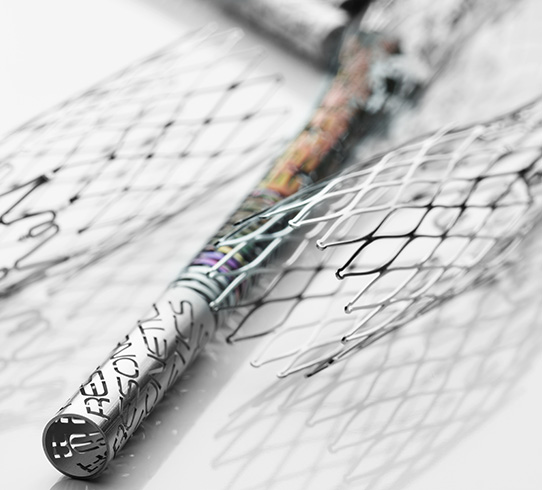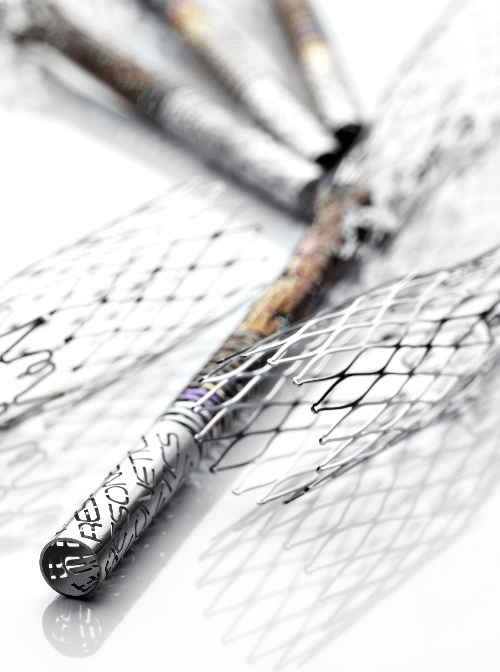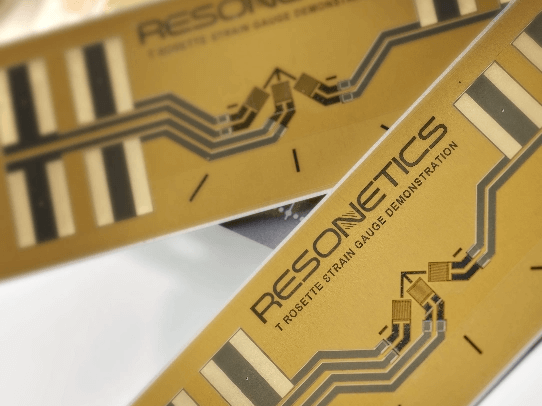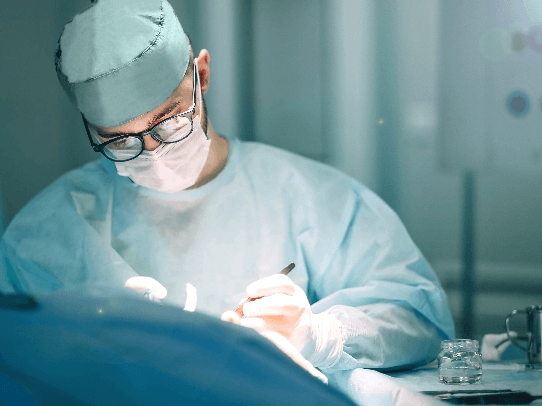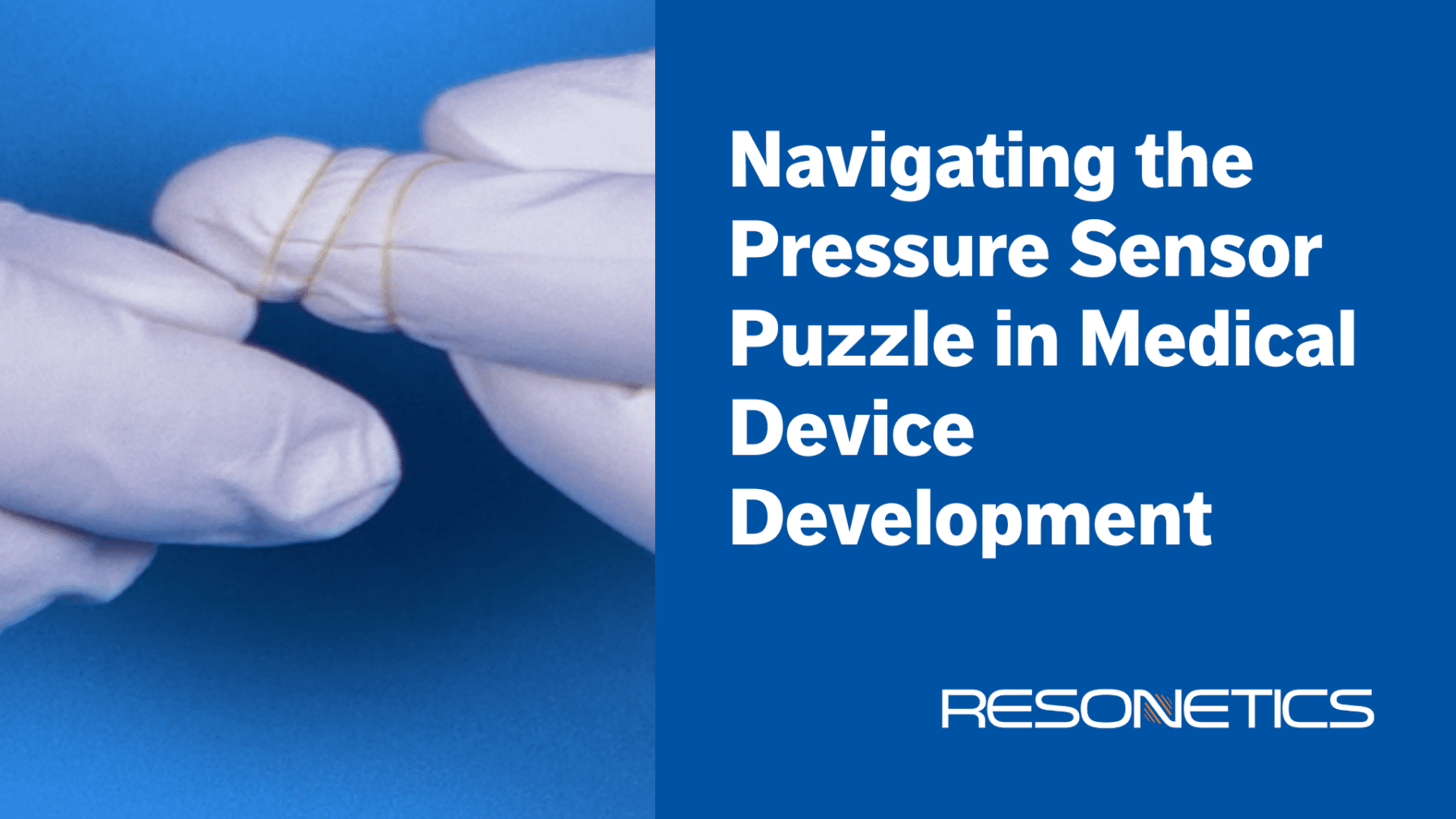
Developing medical devices comes with its own set of engineering challenges, and one critical decision lies in selecting the appropriate pressure sensor. For biomechanical engineers, this choice is far from straightforward. Each sensor type—fiber optic, fluid-filled, or electrical—offers distinct advantages and trade-offs that can significantly impact the device’s performance, reliability, and manufacturability.
Engineers must balance competing priorities to meet the stringent demands of medical applications, whether ensuring accuracy in narrow vessels, minimizing interference, or maintaining flexibility in a compact design. Understanding the unique properties of each sensor type is essential to making an informed decision that aligns with technical requirements and patient safety standards.
Choosing the Right Pressure Sensor: Fiber Optic vs. Fluid-Filled
Fluid-filled and fiber optic pressure sensors are among the most common options available to biomechanical engineers when designing medical devices. While fluid-filled sensors are a long-established, cost-effective solution for many applications, modern fiber optic pressure sensors offer unparalleled accuracy, small form factor, and adaptability to challenging environments.
Striking the right balance between performance, reliability, and practicality is no easy task, but understanding the key differences between these two technologies can guide engineers toward the optimal choice for their specific application.
Fluid-Filled Pressure Sensors
Operating Principle:
Measure pressure indirectly by using a fluid column (saline water) to transmit pressure from the organ along the catheter line to an external transducer.
Key Advantages:
Legacy Technology: Widely used in medical applications.
Simple Design: Relatively easy and cheap to manufacture.
Drawbacks:
Lower Accuracy: Fluid dynamics (air bubbles) can introduce lag or distortions in pressure readings, reducing the accuracy of the pressure signal.
Sensitivity to physical movement and height of the catheter, tubing, or transducer caused by patient repositioning or line adjustments can introduce transient pressure spikes or noise, distorting readings.
Slower frequency response affects the signal response to a fast-changing signal, resulting in a tendency to overshoot or undershoot the pressure reading.
Fiber Optic Pressure Sensors
Operating Principle:
A miniaturized Fabry-Perot cavity acts as the pressure-sensing element and operates based on optical interference.
When pressure is applied, the cavity deforms, changing the interference pattern. These changes, observed as light intensity or phase variations, are transmitted back through the fiber to a reading module for analysis.
Key Advantages:
High Sensitivity and Accuracy: Can detect minute pressure changes with exceptional precision. Their sensitivity to small deformations in the cavity ensures accurate measurements, even in challenging environments.
Real-Time Monitoring: Provide continuous, real-time data, as the changes in the interference pattern are instantaneously transmitted through the fiber, making them suitable for applications requiring immediate feedback, such as medical devices.
Compact and Flexible: Suitable for integration into small or complex medical devices like catheters.
Immunity to Interference: Intrinsically immune to any electromagnetic interference that could occur in a hospital
environment, during surgery or magnetic resonance imaging (MRI) of an instrumented patient.
Harsh Environment Capability: Resistant to extreme temperatures, high voltages, nuclear radiation, or chemical exposure.
Drawbacks:
Cost: Typically more expensive than fluid-filled sensors.
Other Key Considerations Before Choosing the Right Pressure Sensor: Fiber Optic vs. Electrical
Fiber-optic and electrical pressure sensors also differ significantly in characteristics such as kinking resistance, shape memory, conductivity, electrical safety, and flexibility, which are critical for biomechanical engineers designing medical devices.
Fiber-optic sensors, being non-conductive and immune to electromagnetic interference, are ideal for electrically sensitive environments, while their durability, flexibility, and resistance to kinking make them suitable for applications involving complex geometries or movement. Electrical sensors, on the other hand, may offer advantages in cost and integration but can pose risks in electrically sensitive settings. Additionally, their shape memory can impact performance in certain medical applications.
Analyzing these differences ensures the selected sensor aligns with the functional, safety, and ergonomic requirements of medical devices. The choice depends on the specific application, with fiber optic sensors being preferable in advanced medical or high-risk environments.
Electrical Pressure Sensors
Operating Principle:
Pressure applied inside the catheter deforms a miniature diaphragm or sensing element, causing a change in resistance or capacitance. This change is converted into an electrical signal proportional to the pressure.
Key Advantages:
Established Technology: Well-suited for integration due to widespread familiarity, standardization, and compatibility with existing systems.
Drawbacks:
Kinking: More prone to kinking, which can compromise device delivery performance and durability.
Shape Memory: Retain shape memory, which might affect their performance in dynamic environments and make device placement more challenging.
Conductivity: Being conductive, they pose a higher risk in electrically sensitive environments.
Electrical Safety: Require careful design to mitigate potential safety risks, especially in high-voltage or high-interference areas.
Fiber Optic Pressure Sensors
Operating Principle:
A miniaturized Fabry-Perot cavity acts as the pressure-sensing element and operates based on optical interference.
When pressure is applied, the cavity deforms, changing the interference pattern. These changes, observed as light intensity or phase variations, are transmitted back through the fiber to a reading module for analysis.
Key Advantages:
No Kinking: Fiber optic sensors are resistant to kinking, ensuring durability and reliability in tight or complex pathways.
No Shape Memory: They maintain their shape under pressure, which helps ensure consistent measurements over time.
Non-Conductive: Completely non-conductive, making them safe for use in environments with high electrical interference or where electrical safety is critical.
Electric Safety: Their design inherently avoids electrical hazards, ideal for sensitive medical applications like MRI environments.
Flexibility: Highly adaptable for integration into complex or curved designs, such as medical devices.
Drawbacks:
Complex Integration: Without the right expertise or partner, integrating fiber optic sensors into systems can be more challenging due to the need for specialized equipment and knowledge.
Watch Video: Flexibility and Absence of Kinking
Watch Video: Tortuous Path
As shown, fiber optic, fluid-filled, and electrical pressure sensors all offer distinct advantages and trade-offs that can significantly impact the device’s performance, reliability, and manufacturability. Nevertheless, fiber optic sensors stand out from the other technologies with their unique properties, such as their high sensitivity and accuracy in harsh environments, real-time monitoring, flexibility in a compact design, and immunity to interference.
In addition, the fiber optic pressure sensor is resistant to kinking, free from shape memory, non-conductive, electrically safe, and highly flexible, ensuring highly reliable performance in various clinical applications.
If fiber optic pressure sensors still seem new and complex to biomechanical engineers, selecting the right partner can help alleviate some doubts.
The Importance of Choosing the Right Partner
Resonetics is a world-class leader in manufacturing high-precision fiber optic pressure sensors, which have enabled clinicians to gather data that has never been readily accessible before. Resonetics produces more than 500,000 sensors annually, used in several FDA- and CE-approved devices across a variety of clinical applications.
Sensors produced at Resonetics’ Quebec site have been successfully integrated into Class III medical devices for over 20 years. Sustainable and proprietary processes, automated robotic assembly lines, and stringent quality control establish Resonetics as a world-class manufacturer capable of producing hundreds of thousands of sensors each year. This industry-leading production capacity inspires confidence among developers of new medical devices and distinguishes Resonetics from the competition.
